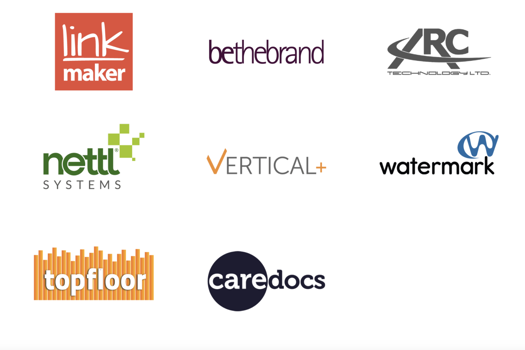Clarus uses switchable polymer technology, with the thermal imaging process in the platesetter changing the characteristics of the plate. It requires no post-image processing whatsoever and is suitable for runs of at least 50,000.
"The only difference is that you have to make sure the plate gets wet on-press before you put ink on it because there's no gum to protect it," explained Creo director of thermal consumables Kevin Cazabon. "It then inks up and prints normally."
"I think the real advantage of processless is that it brings the return on investment of CTP to smaller printers. It's really the B2 market where the ROI is best, but there's no technical reason why we couldn't supply it to our VLF customers," he added.
The plate will cost "30-35%" more than conventionally processed CTP plates, but Cazabon said that the overall cost using the Clarus PL could be less.
"In the B2 market the cost of processing can be 50% of total plate costs," he said.
Worldwide beta-testing of Clarus PL will begin in June or July, with early product roll-out slated for autumn.
Creo's soon-to-be-parent Kodak has a similar product in the KPG stable the KPG Thermal Direct Non Process Plate, which according to Cazabon uses switchable polymer technology, but has a lower sensitivity than the Clarus PL.
* Agfa has just moved into B1 format with its "chemistry-free" Azura plate, with Technik of Berkhamsted the first UK user.
Story by Jo Francis
Have your say in the Printweek Poll
Related stories
Latest comments
"Thank you for the opportunity to comment on this Jo, and PrintWeek!
Please feel free to get in touch with the Howden Print Team to arrange your own Free of Charge Cyber Micro-Penetration Test to help..."
"I never quite understand the statements such as "achieved such a positive outcome for this well-established business".
The established business unfortunately failed and no longer exists, a..."
"Genuinely sorry to read this."
Up next...

Protocols being strengthened
Software Circle hit by suspected payment fraud

'Precision and reliability'
EBB sets up new publishing wing

Continued investment
Bakers ups BakPac capacity with double Galaxy Packtech install

"Committed to building a stronger Stora Enso"


